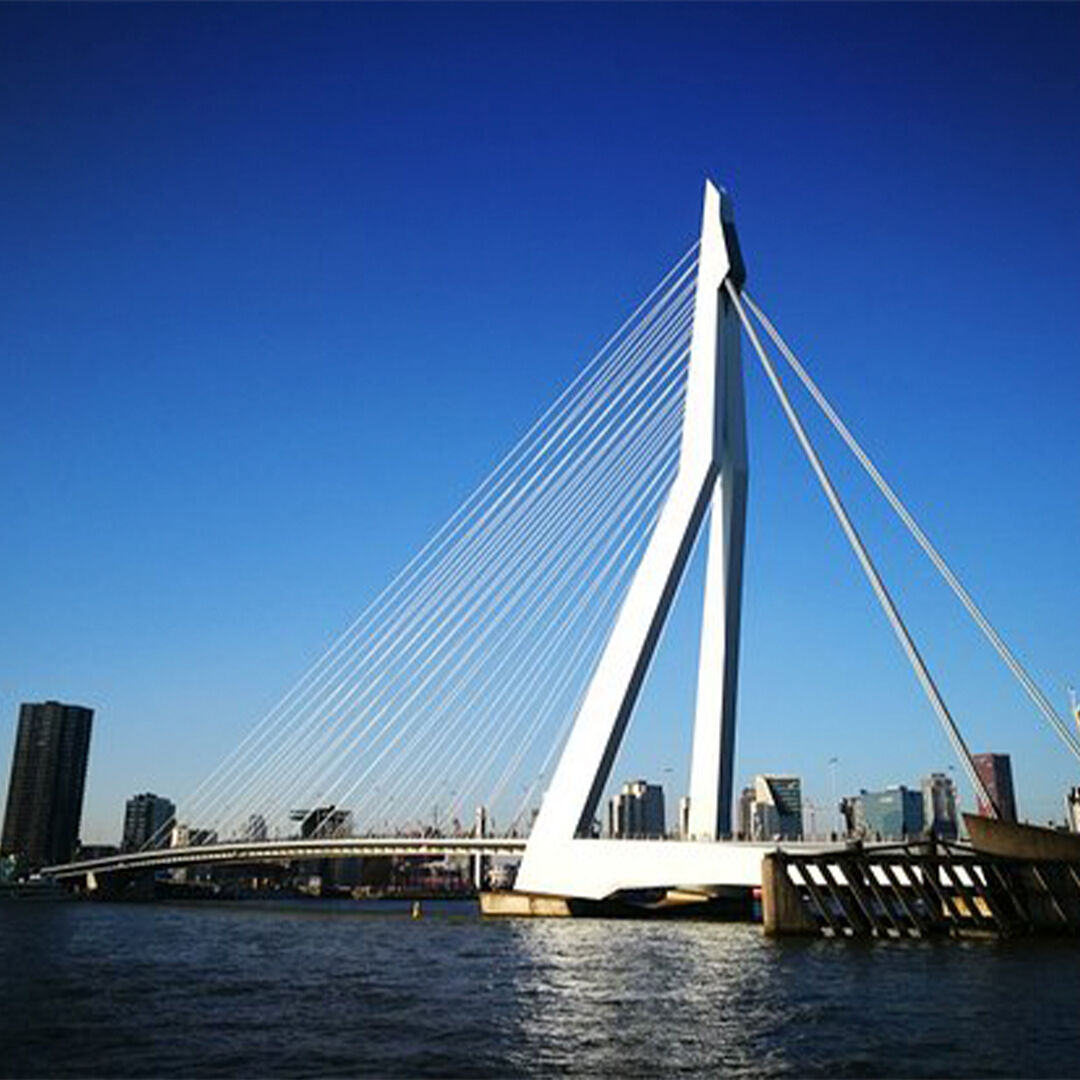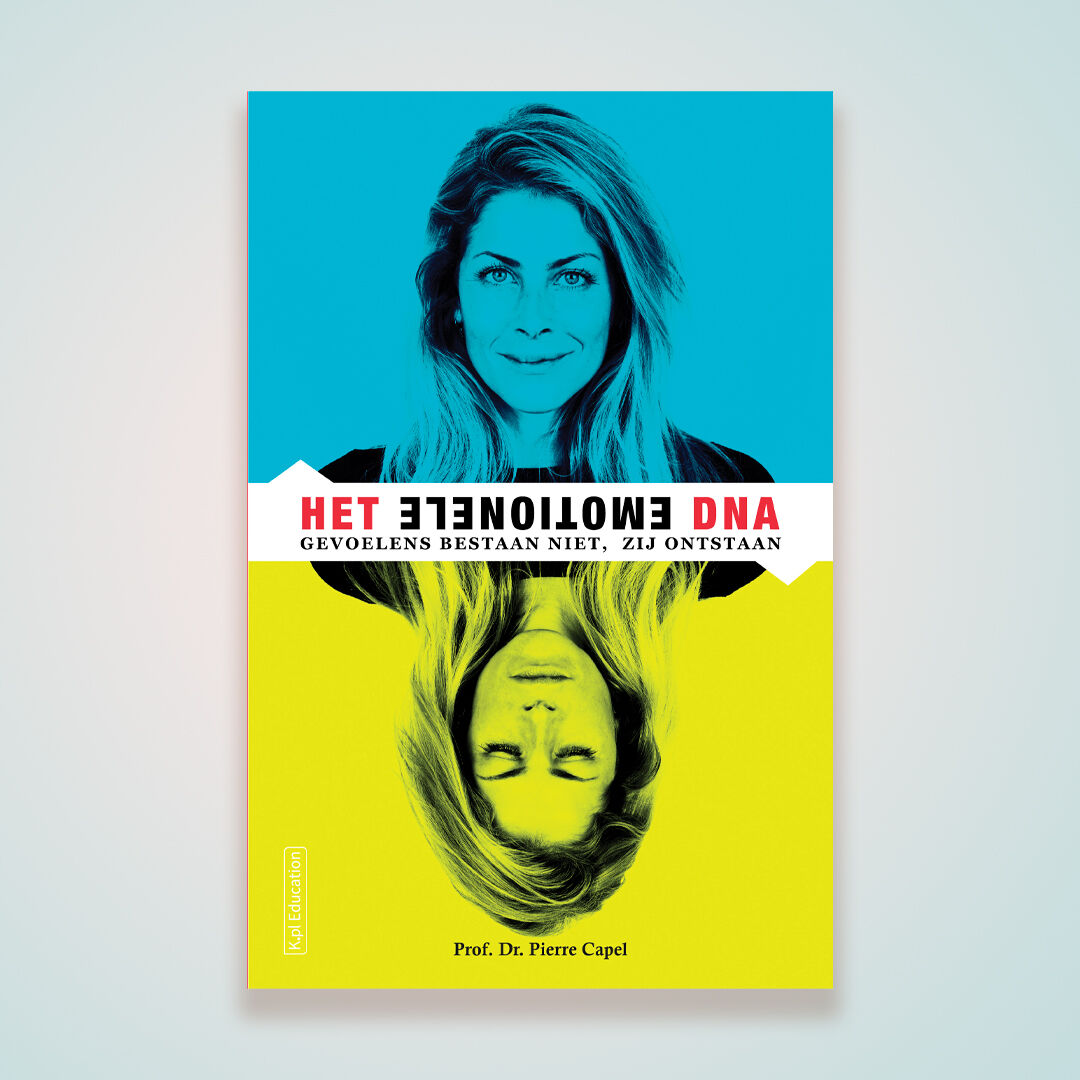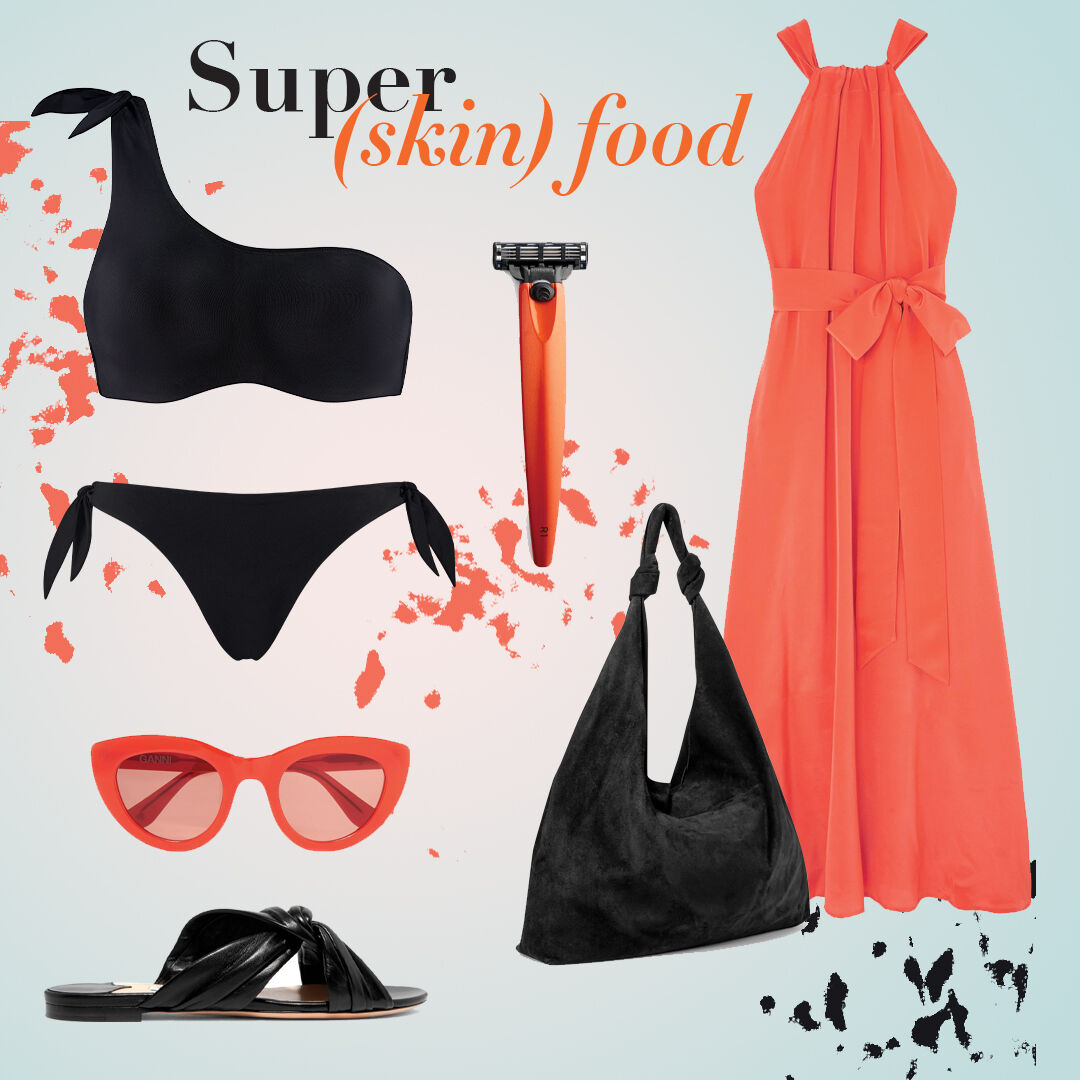Building bridges
From the Erasmus Bridge and the Mercedes-Benz Museum to Qatar’s metro network; Ben van Berkel’s iconic landmarks bring people together in rapturous beauty, again and again. I talked with the Dutch architect and educator about sensuality, ‘healthy’ buildings and the remarkable parallels between our designs.
Marlies: One of the great pleasures of living and working in Rotterdam is driving over the Erasmus Bridge. Every time I do so, I look up and I feel like I’m driving right through the legs of a voluptuous steel giantess; such an erotic experience! As a designer, I strongly relate to the way you used strong, sleek lines to create something so sensual.
Ben: Thank you, Marlies! I see the parallels in our work, both literally and figuratively. You may use straps and I may use beams and cables of steel, but they serve the same purpose: to accentuate and fortify our designs.
Marlies: There is definitely a strong connection! Everything you design, from the Arnhem Central Station to the Singapore University of Technology and Design, has a quality that I like to call ‘feminine’. It is rugged but never rigid; it has fluidity and grace.
Ben: Well, I don’t consciously make ‘feminine’ designs. I am, however, very much interested in imbuing all my work with a form of sensuality. Since childhood, I have been fascinated with the way Renaissance artists experimented with colors and geometries to achieve the perfect composition. Throughout the years, I have developed a similar approach, albeit with a modern twist. The arch and the forces reaching towards a central point on the Erasmus Bridge were actually born from the idea that a walk on a bridge could be like a walk through a cathedral-like space. So, I hadn’t quite envisioned your ‘steel giantess’, but I am so pleased it turned out as sensual as you described it!
Marlies: Most cities still have a predominantly ‘masculine’ architectural aesthetic. I think we could definitely use more sensuality and curves to balance that out.
Ben: I have always made a conscious effort to find an alternative for what we call ‘the box’ in architecture: the minimalist, straightforward standard. Who cares about the box? Or the blob? (laughs). Let’s liberate all styles! And let’s focus on how we actually experience a space, because that is even more important than form. Within traditional rectilinear design, you actually often find ‘blind spots’. For example, if you walk down a long, straight, dead-end corridor, you don’t see where you came from, you don’t know who’s behind you. It’s an uncomfortable experience.
Marlies: I am so glad to hear you say that! People tend to overlook the fact that these types of situations are even more threatening to women. A door that doesn’t easily open or close, empty spaces between buildings; they make a woman feel unsafe, immediately.
Ben: I can only imagine! One of my main goals is to create ‘healthy buildings’. And that goes beyond improving the air flow or hiding the elevator to make people take the stairs; it’s also about reducing stress for the residents. And we can do that by providing safety and a sense of community, among other things.
Marlies: What kind of influence has women’s emancipation had on our living space needs?
Ben: The gender discussion is one of the most important issues in our field at the moment. Just take the kitchen. With women working more, and men becoming more involved in family life, the kitchen is no longer exclusively ‘mother’s domain’ but has replaced the living room as the social hub of the home. This is where a family cooks and gets together these days. Within our studio, female designers are giving the kind of input that contributes to a more diverse and inclusive approach to creating public and living spaces.
Marlies: Can you give us an example?
Ben: When we were asked to design over 30 stations for the metro network of Doha, Qatar’s capital, we jumped at the chance to make it into something more than an infrastructure project. Thanks to the male/female balance of our team we were especially aware of our responsibility to create public spaces where people – men, women, children – could meet each other. People in Qatar tend to spend entire days in their cars, you know. When I told the Sheikha (Moza bint Nasser, red.) about our plans, she got very excited and insisted on providing art for the stations!
Marlies: How female-friendly is the rest of the architectural world? Is there still a bit of a macho culture in some places?
Ben: I see a huge increase of female architecture students amongst my pupils*, but the construction industry is still quite male-oriented. For a lot of people, our discipline is sexy and interesting enough…
Marlies: … till they have to put on that construction helmet.
Ben: Exactly. So, the trick is to make the building sector more attractive to a broader group of people, by fully embracing technology, for example.
Marlies: As an architect, you have to be able to anticipate our future needs. If the 90ties were all about individualism, what era are we entering now, according to you?
Ben: An era of generosity, altruism and openness, I believe. Forget that fancy car; family and community will be much more important.
Marlies: All those attributes are traditionally considered typically ‘feminine’… Right now, however, we are not living in a very romantic period, are we?
Ben: Not yet. We are still too wrapped up in the digital revolution. But we will. Perhaps generosity will be the new romance.
Marlies: I like the sound of that. Thank you, Ben!
click here for more information about UNStudio, Ben van Berkel’s architectural practice.
*Ben teaches and lectures at many architectural schools around the world and currently holds the Kenzo Tange Visiting Professor’s Chair at Harvard University Graduate School of Design.
MD Friends
Building bridges
From the Erasmus Bridge and the Mercedes-Benz Museum to Qatar’s metro network; Ben van Berkel’s iconic landmarks bring people together in rapturous beauty, again and again. I talked with the Dutch architect and educator about sensuality, ‘healthy’ buildings and the remarkable parallels between our designs.
MD Friends
More than a feeling
Don’t ignore your emotions; they are much more powerful than you can imagine. By linking the magical world of emotions with hard science, Dutch scientist Pierre Capel, professor emeritus in experimental immunology, shows us the consequences of our feelings and the power of our minds. The message: we can do much more than we think. “Meditate. It’s the single best thing you can do for your health.”
Marlies Says
Keto curious?
The fact that I feel bikini-confident all year round is, of course, a nice bonus. But for me, the biggest payoff of following the keto diet is the way it optimizes my health and gives me tons of energy.
Marlies Says
Super (skin) food
‘If you can’t eat it, why put it on your skin?’. I pretty much live by this beauty adage. After all, with your skin being one of your body’s largest organs, anything – and I mean anything! – you put onto your skin will end up in your bloodstream.










